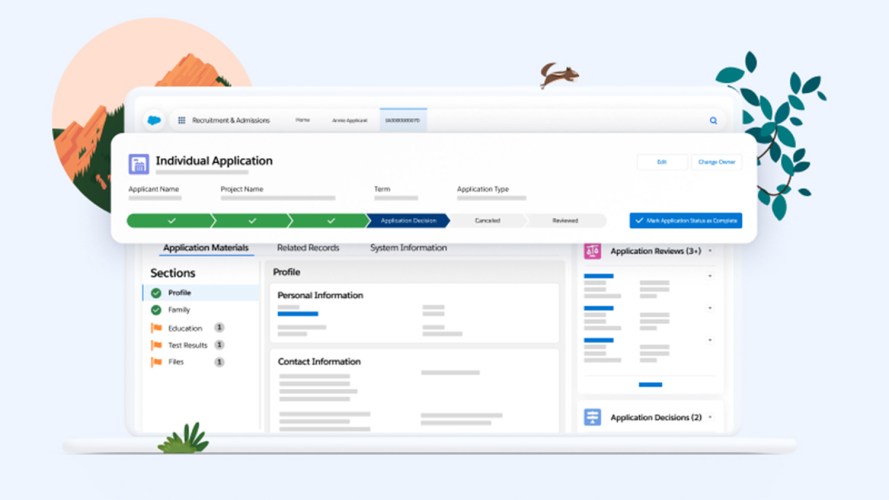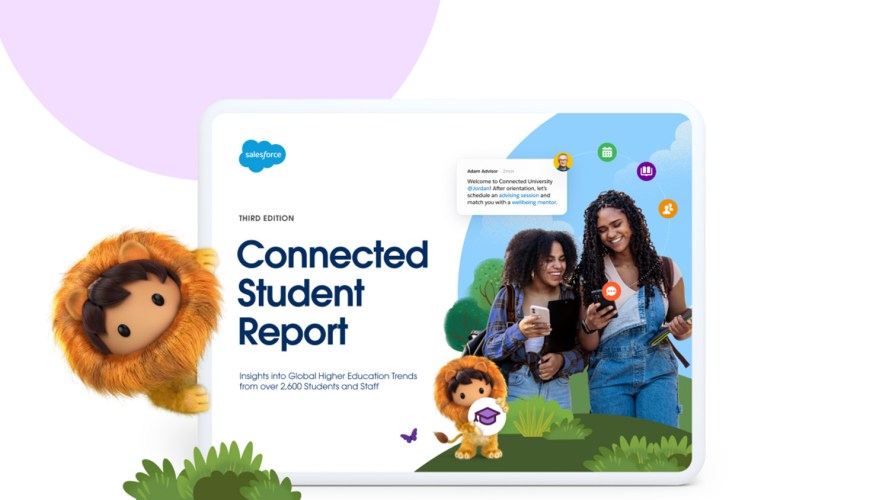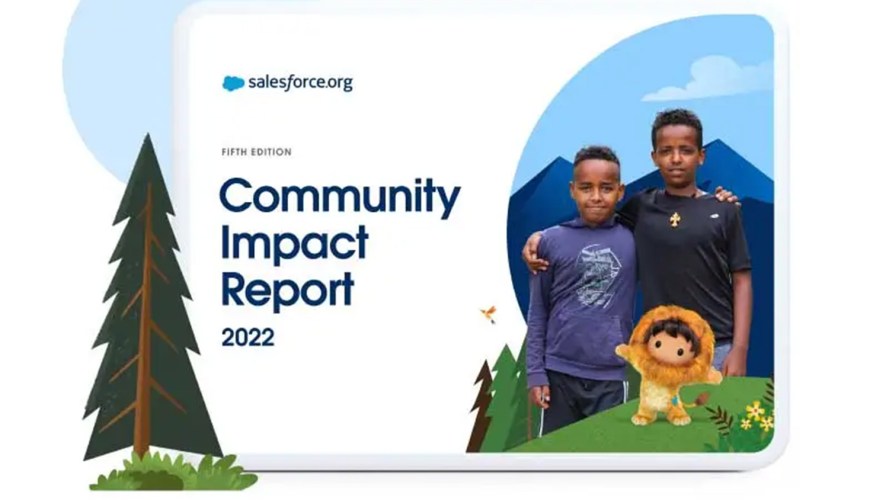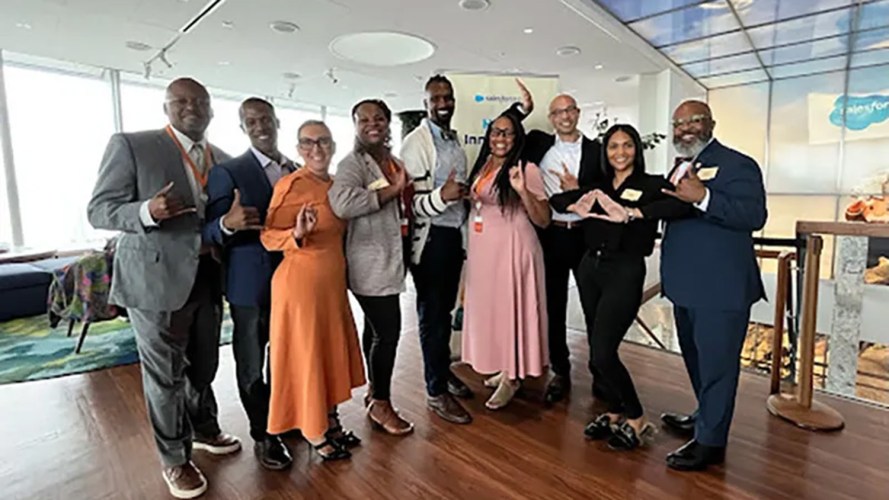Many higher ed institutions are investing in new business models with an emphasis on attracting and engaging lifelong learners. With the demand for shorter, more flexible programs on the rise and overall enrollment numbers declining, institutions are looking for ways to get back to growth.
Research from the second edition of the Connected Student Report shows that many of these new models are likely here to stay as many institutions are expanding their offerings, hiring new leadership roles, and doubling down on strategic plans for the long term. In fact, 45% of staff surveyed say their institution is implementing new business models.
In this blog, we’ll share key findings from the second edition of the Connected Student Report and offer suggestions for how your institution can begin exploring new business models.
Innovation is more important than tradition
The challenge for colleges and universities as they plan for a post-pandemic future is to set themselves apart as whole institutions rather than stake their future on a handful of new academic programs, a revised recruitment strategy, or a bolstered set of online offerings. When times get tough, colleges tend to hunker down, wring more out of their strategic plans, and focus more on executing what they’re already doing.
That strategy might have worked before the pandemic, but the new fiscal and demographic realities call for greater differentiation with the development of distinctive pathways and services for learners throughout their lifetime. Institutions need to step away from the herd in meaningful ways. That doesn’t mean they have to throw away all the markings of the legacy model (i.e., residential education), but it does require a real distinction in the marketplace. Without it, institutions are squandering opportunities to thrive — and for some, to survive — in the decade ahead.
For example, Arizona State University tops the U.S. News & World Report rankings of the “most innovative universities” by continually rethinking every business function, every process students encounter, every academic program on campus over the last decade-plus and then using technology such as data analytics, predictive modeling, and adaptive learning to deliver a more student-centered experience.
Institutions rework business models
Some institutions, such as Southern New Hampshire University, are creating new models that make on-campus learning more affordable, while Cambridge announced in May that it will roll out 50 online courses over the next five years, with an eye toward increasing learning opportunities. Especially for learners who value convenience or flexibility, online courses increase accessibility as well. As institutions look ahead, many have made shoring up their value proposition for future workers more of a priority.
“There will be a global focus on reskilling and upskilling,” says Graham Virgo, at Cambridge. “In the U.K. and elsewhere, institutions will need to ensure they are contributing to that in a way that is consistent with their own missions.”
Nearly half of all institutions are implementing new business models due to the pandemic. Seven in 10 staff say their institutions are investing in new growth opportunities, chiefly more online learning options. About half of the total staff surveyed say those business model revisions involve the creation of more part-time learning options or shorter-term courses and programs — changes that reflect more of a concern for non-traditional learners and other working students.
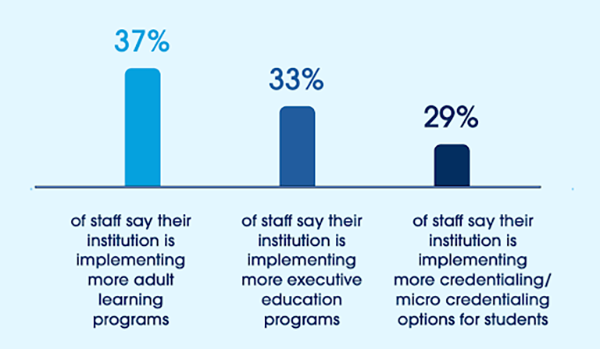
Demand for shorter, flexible, non-degree programs
“There is quite strong agreement across the sector that the demand for shorter, more flexible, non-degree programs is rising,” says Michael Gaebel, from the European University Association. “That represents the most frequent form of online programs in European higher education. There is a push to explore shared definitions and quality assurance as we grow these models.”
According to the Connected Student Report, many institutions have also worked to connect more with corporations. Nearly 40% of staff surveyed say they are seeing more partnerships between corporations and higher education. About half say that their institutions are engaging employers to help recruit students by managing corporate relationships on a single platform or by tailoring marketing campaigns to corporate partners — with France and the U.S. courting private companies at the highest rates.
New models require digital experts and upgraded technology
More than one-quarter of staff says their institution has opened a position to oversee the digital experience for students and staff. Institutions in France are hiring heads of digital experience, chief innovation officers, and instructional designers at higher rates than those in other nations; U.K. institutions do so at the lowest rate.
Slightly less than half of those on staff say that more people on campus are involved in making tech decisions, with more than half of those in the Netherlands and U.S. reporting the highest rates of collaborative tech decision making.
The digital competency of staff has become a priority for most institutions as well. More than six in 10 staff members say that the pandemic led their institution to re-evaluate their staff support and service models, as well as invest in training that would allow faculty and staff to do their jobs virtually.
More than half of staff (52%) anticipate their institution will invest in classroom technology, while a slightly lesser number (46%) expect to see more money going toward research tech. A considerable number (44%) anticipate investments in faculty and staff learning and engagement opportunities.
Whether it be new sources of revenue or new areas of investment, institutions are evaluating how to create value from anywhere and what internal shifts they need to make to catalyze these changes.
Connected Student Report
Belonging starts with connection. Learn more about trends in higher education in the second edition of our Connected Student report.


















